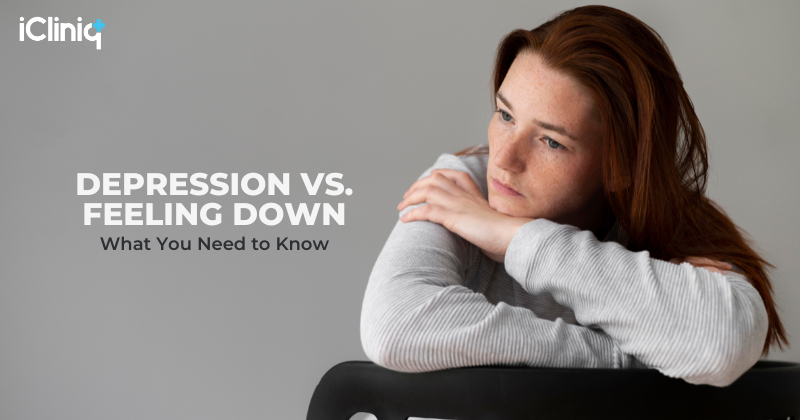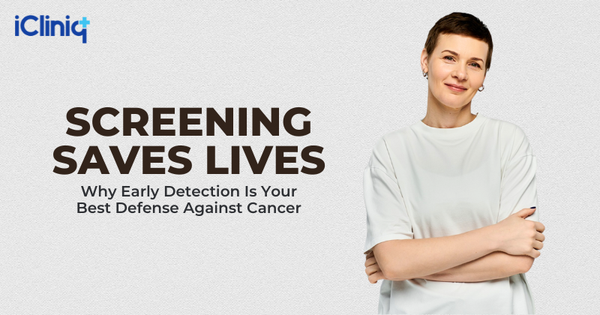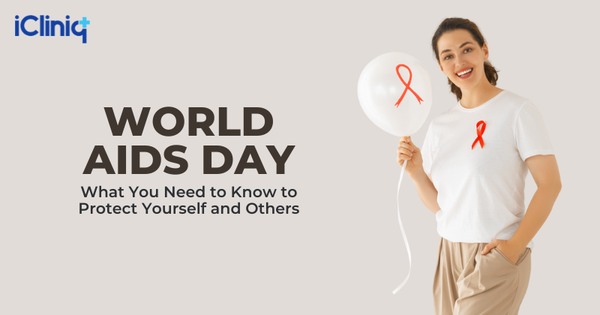Depression vs. Feeling Down: What You Need to Know

Being blue is a part of life, but when does it turn into clinical depression? Temporary sadness disappears over time, but depression persists for weeks or longer, dramatically impacting daily functioning. Knowing when sadness turns into something else is critical in finding the appropriate assistance. The following is a step-by-step guide on how to identify the difference.
Sadness vs. Depression: Know the Difference
Sadness is a typical emotional response to setbacks in life, e.g., a bad break-up or losing a job. It also tends to subside as time goes on. Depression, on the other hand, is an all-consuming and frequent mood disorder that lasts for weeks or longer. Depression impacts every area of one's life, that is, the emotional, thinking, and bodily functions. Realizing the difference can help when looking for prompt treatment before symptoms become aggravated.
Key Symptoms of Clinical Depression
Depression is not being down, it's a crushing experience that impacts your everyday life. Key indicators are:
- Persistent Sadness or Emptiness: Feeling sad or hopeless almost every day.
- Anhedonia: Losing interest or pleasure in things that once gave you pleasure.
- Sleep Disturbance: Either insomnia or excessive sleeping.
- Fatigue: Feeling a lack of energy, even for ordinary tasks.
- Appetite Change: Sudden weight loss or gain.
- When these symptoms have been around for weeks, it's no longer just a bad day, it's a sign that you might be experiencing depression.
Cognitive and Emotional Struggles
Depression tends to make small mental tasks mountains. You might struggle with:
- Trouble concentrating or making decisions.
- Excessive feelings of worthlessness or guilt.
- Irritability or frustration with things that would not otherwise bother you.
For others, these symptoms can precipitate suicidal or death ideation. If this occurs, it's important to seek professional attention urgently. These emotional and cognitive alterations are warning signs that need not be overlooked.
Physical and Behavioral Red Flags
Depression not only affects your mind, but it can also have visible physical effects. You may experience slowing of movements and ideas, or feeling restless. You may be ignoring your own hygiene or grooming. Might withdraw from social interaction or isolate yourself. Experiencing enigmatic pains and aches, such as headaches or backaches. These changes pass unsuspected but are strong indicators that maybe something deeper is happening.
When to Seek Professional Help
If you’re dealing with persistent symptoms that interfere with your work, relationships, or daily life, it’s time to consult a professional. Depression doesn’t go away on its own, and waiting too long can make it harder to recover. Immediate help is critical, especially if you’re experiencing suicidal thoughts or behaviors. Early intervention can lead to better outcomes and a quicker path to feeling like yourself again.
Identifying the distinction between sadness and depression is critical to obtaining the assistance you require. Depression is a serious illness, but it's curable. Contacting a mental health counselor is an act of courage and a necessary one in reclaiming your mental and emotional health.





